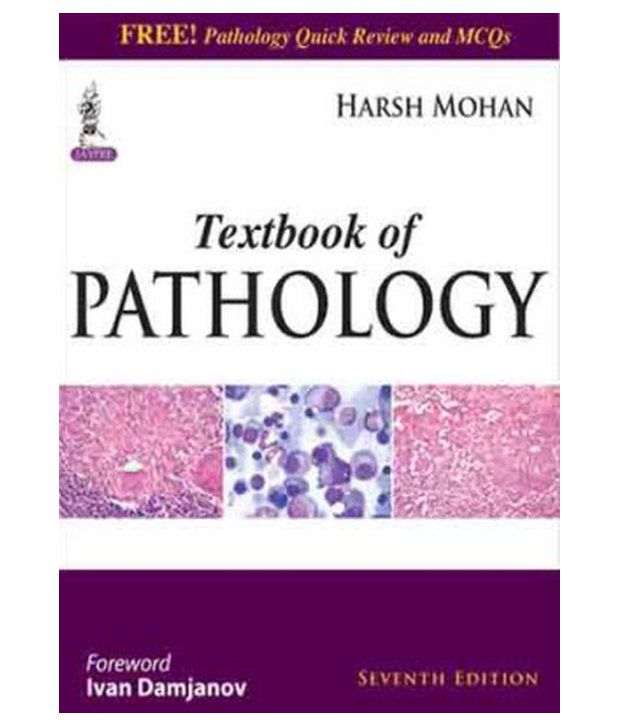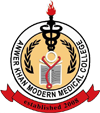Anwer Khan Modern Medical College
Library Management System

| Title: | Textbook of pathology |
| Author Name: | Harsh Mohan. |
| Author Sur Name: | MOHAN, Harsh. |
| Other's Author Name: | Ivan damjanov |
| Author information: |
|
| Edition/Published: | 7th ed. _New Delhi : Jaypee , 2015 |
| New to this edition: |
|
|
Physical Description: xvi, 954p., : illustrations (colour), tables.; 28cm. |
| Notes | Includes Bibliographical References and Indexes |
| Bibliography: | P. 923-929 |
| Includes Index: | P. 931-954 |
| ISBN No's: | 978-93-5152-369-7 |
| Bar Code's: | |
| Shelf Location's: | 51 |
| Classification | |
| Subject: | Pathology-Textbook |
| Dewey Class No: | 616.07 |
| Letter Call No: | M72t |
| LC Classification: | RB111 .F3 2017 |
| Other's Book Information | |
| Book ID No: | 1949 |
| Total Books: | 1 |
| Date of collection's: | 29-Jan-2017 |
| Donation / Purchase: | Purchase |
| Language: | English |
| Status: | Available |
| Department: | Pathology |
| Synopsis: |
|
| Description: |
|
| Key Features: |
|
| Summary: |
|
| Abstract: |
|
| Preface: |
|
| Content: |
Section I: General Pathology Chapter 1: Introduction to Pathology-01 Chapter 2: Cell Injury, Cellular Adaptations and Cellular Ageing-09 Chapter 3: Immunopathology Including Amyloidosis-44 Chapter 4: Derangements of Homeostasis and Haemodynamics-78 Chapter 5: Inflammation and Healing-116 Chapter 6: Infectious and Parasitic Diseases-165 Chapter 7: Neoplasia-184 Chapter 8: Environmental and Nutritional Diseases-231 Chapter 9: Genetic and Paediatric Diseases-251 Section II: Haematology and Lymphoreticular Tissues Chapter 10: Introduction to Haematopoietic System and Disorders of Erythroid Series-261 Chapter 11: Disorders of Platelets, Bleeding Disorders and Basic Transfusion Medicine-305 Chapter 12: Disorders of Leucocytes and Lymphoreticular Tissues-321 Section III: Systemic Pathology Chapter 13: The Blood Vessels and Lymphatics-370 Chapter 14: The Heart-397 Chapter 15: The Respiratory System-442 Chapter 16: The Eye, ENT and Neck-488 Chapter 17: The Oral Cavity and Salivary Glands-504 Chapter 18: The Gastrointestinal Tract-521 Chapter 19: The Liver, Biliary Tract and Exocrine Pancreas-577 Chapter 20: The Kidney and Lower Urinary Tract-636 Chapter 21: The Male Reproductive System and Prostate-691 Chapter 22: The Female Genital Tract-710 Chapter 23: The Breast-745 Chapter 24: The Skin-759 Chapter 25: The Endocrine System-782 Chapter 26: The Musculoskeletal System-821 Chapter 27: Soft Tissue Tumours-851 Chapter 28: The Nervous System-863 APPENDICES Appendix I: Basic diagnostic cytology-888 Appendix III: Answers to clinical cases-906 Appendix III: Normal values-915 Further Reading-923 Index-931 List of clinical cases-954 |
